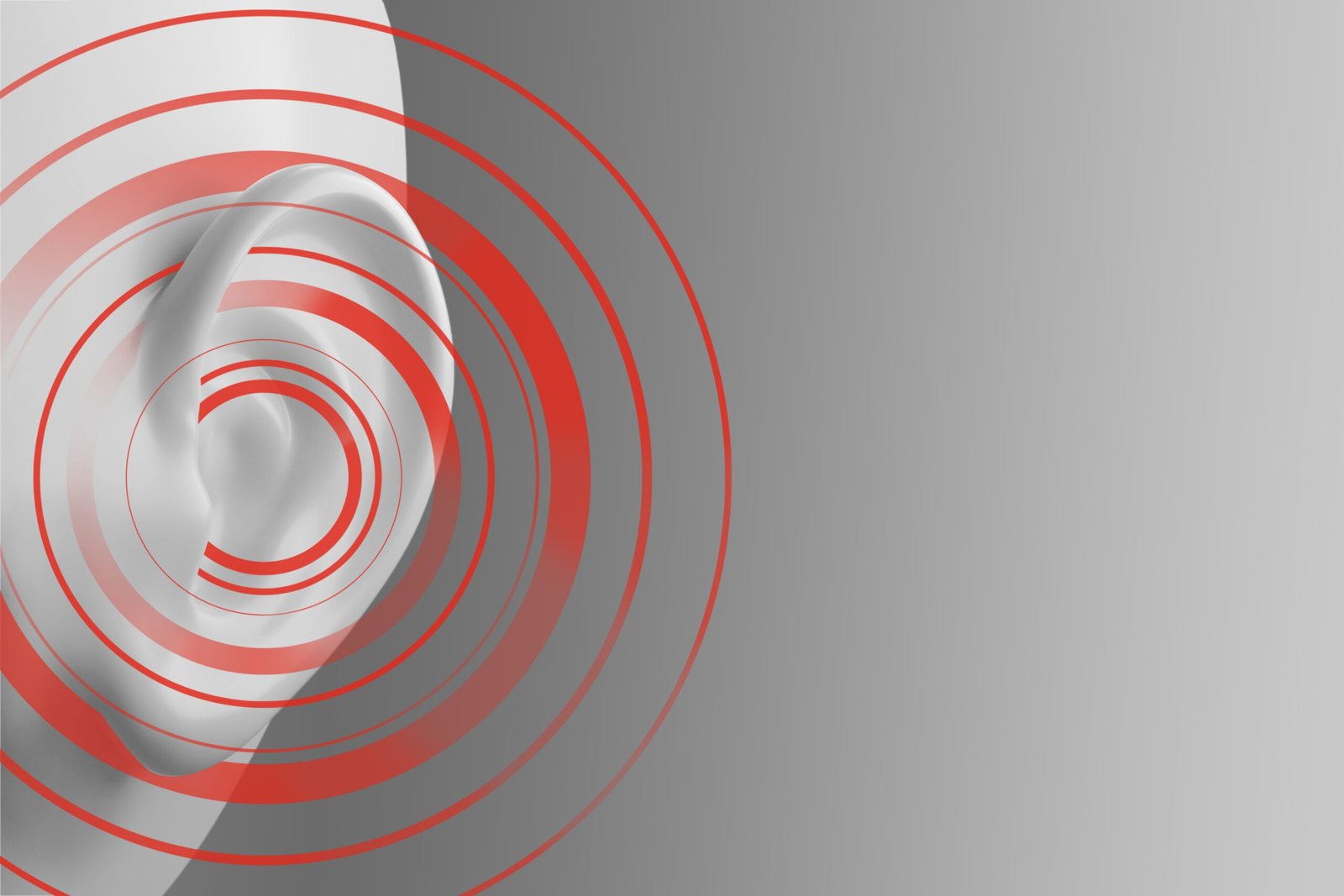Ever heard the terms “vertigo,” “BPPV”, and “vestibular dysfunction”, but aren’t sure what they mean? Dizziness and vertigo can make you feel unsteady, lightheaded, or like the room is spinning, and they can be debilitating, often disrupting daily life and affecting mobility. These symptoms often stem from inner ear disorders such as Benign Paroxysmal Positional Vertigo (BPPV), Meniere’s disease, vestibular neuritis, as well as neurological or circulatory conditions. Fortunately, physiotherapy offers effective treatments that help manage dizziness symptoms, restore balance, and improve quality of life.
Understanding Dizziness and Vertigo
Dizziness can stem from various sources, including inner ear problems (known as vestibular dysfunction), anxiety, or neurological disorders. Vertigo, a type of dizziness, happens when the balance system in your inner ear is disrupted.
One common cause, BPPV, occurs when tiny calcium particles (often referred to as “crystals”) shift into the wrong part of the inner ear, confusing your brain about movement. Other causes include infections, head injuries, circulation problems, or aging.

Physiotherapy Assessment for Dizziness and Vertigo
A physiotherapist will first assess your condition by checking the history of your condition, your medical history, and possible triggers. An assessment may also include:
- Vestibular Function Tests: Evaluating eye movements, head positioning, and balance.
- BPPV Tests such as Dix-Hallpike: used to identify BPPV by observing eye movements (nystagmus) during specific head positions.
- Balance and Gait (Walking) Analysis: Assessing stability and movement coordination.
- Visual and Proprioceptive Assessment: Checking how well the eyes and body work together to maintain balance.
- Cardiovascular and Neurological Screening: Identifying potential non-vestibular causes of dizziness, such as low blood pressure or neurological impairments.
Based on the findings, the physiotherapist customises a treatment plan tailored to the individual’s specific needs.
Physiotherapy Treatment for Dizziness and Vertigo
Physiotherapy interventions focus on retraining the vestibular system to improve balance, coordination, and reduce dizziness. A physiotherapist thoroughly assesses the patient’s condition and puts together a treatment plan based on the underlying cause of dizziness or vertigo.
1. Repositioning Manoeuvres for BPPV
For BPPV, physiotherapists use specific repositioning manoeuvres to move displaced calcium particles out of the semicircular canals. These include:
- Epley Maneuver: A series of guided head movements to relocate crystals from the posterior canal and ease vertigo symptoms.
- Semont Maneuver: A rapid positioning technique used to reposition crystals from both anterior and posterior canals
- BBQ/Log Roll: A gentle repositioning technique for crystals affecting the horizontal canal.
2. Vestibular Rehabilitation Therapy (VRT)
VRT is a specialised exercise-based program designed to improve the brain’s ability to adapt to vestibular dysfunction. It may include:
- Gaze Stabilization Exercises: Training the eyes to focus on a target while moving the head to reduce dizziness.
- Balance Training: Exercises to improve stability and reduce fall risk.
- Habituation Exercises: Gradual exposure to dizziness triggers to help the brain adapt.
3. Strength and Coordination Exercises
For individuals experiencing balance issues, physiotherapists often prescribe strengthening and coordination exercises. These focus on improving core stability, lower limb strength, and proprioception (body awareness) to enhance overall stability and confidence in movement.
4. Lifestyle and Postural Education
Physiotherapists educate patients on lifestyle modifications to manage dizziness and vertigo, including:
- Proper positions to prevent BPPV episodes.
- Avoiding triggers that may cause dizziness.
- Ways to stay active and engage in normal activities of daily living safely while symptoms are easing.
- Monitoring blood pressure and dietary habits to address circulatory-related dizziness.
- Referrals to other health professionals, such as GP or neurologist, as appropriate.

Benefits of Physiotherapy for Dizziness and Vertigo
- Non-invasive and Drug-Free: Physiotherapy provides a natural way to manage dizziness, usually without medication.
- Customised Treatment Plans: Personalised exercises target the root cause of dizziness for long-term management and relief.
- Improved Balance and Mobility: Reduces dizziness and enhances confidence in daily activities.
- Prevention of Falls: Strength and coordination exercises lower the risk of falls and injuries.
When to Seek Physiotherapy for Dizziness and Vertigo
If you experience sudden or frequent dizziness, unsteadiness, or spinning sensations affecting your daily life, consulting a physiotherapist is a proactive step toward recovery. Early intervention can lead to faster symptom relief and a better quality of life.
Conclusion
Physiotherapy can be an effective, non-invasive way to manage many conditions that cause dizziness and vertigo. With the right exercises and treatments, you can regain balance, reduce dizziness, and return to daily life with confidence.
If you or someone you know struggles with dizziness, consider physiotherapy for a steadier, healthier life!